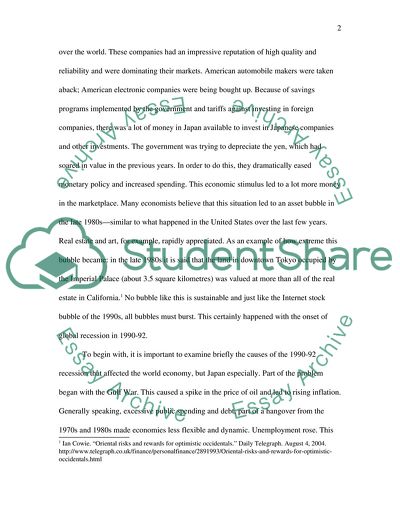Cite this document
(Japan's Economic Fall Case Study Example | Topics and Well Written Essays - 2000 words, n.d.)
Japan's Economic Fall Case Study Example | Topics and Well Written Essays - 2000 words. Retrieved from https://studentshare.org/macro-microeconomics/1721159-japans-economic-fall
Japan's Economic Fall Case Study Example | Topics and Well Written Essays - 2000 words. Retrieved from https://studentshare.org/macro-microeconomics/1721159-japans-economic-fall
(Japan'S Economic Fall Case Study Example | Topics and Well Written Essays - 2000 Words)
Japan'S Economic Fall Case Study Example | Topics and Well Written Essays - 2000 Words. https://studentshare.org/macro-microeconomics/1721159-japans-economic-fall.
Japan'S Economic Fall Case Study Example | Topics and Well Written Essays - 2000 Words. https://studentshare.org/macro-microeconomics/1721159-japans-economic-fall.
“Japan'S Economic Fall Case Study Example | Topics and Well Written Essays - 2000 Words”, n.d. https://studentshare.org/macro-microeconomics/1721159-japans-economic-fall.


